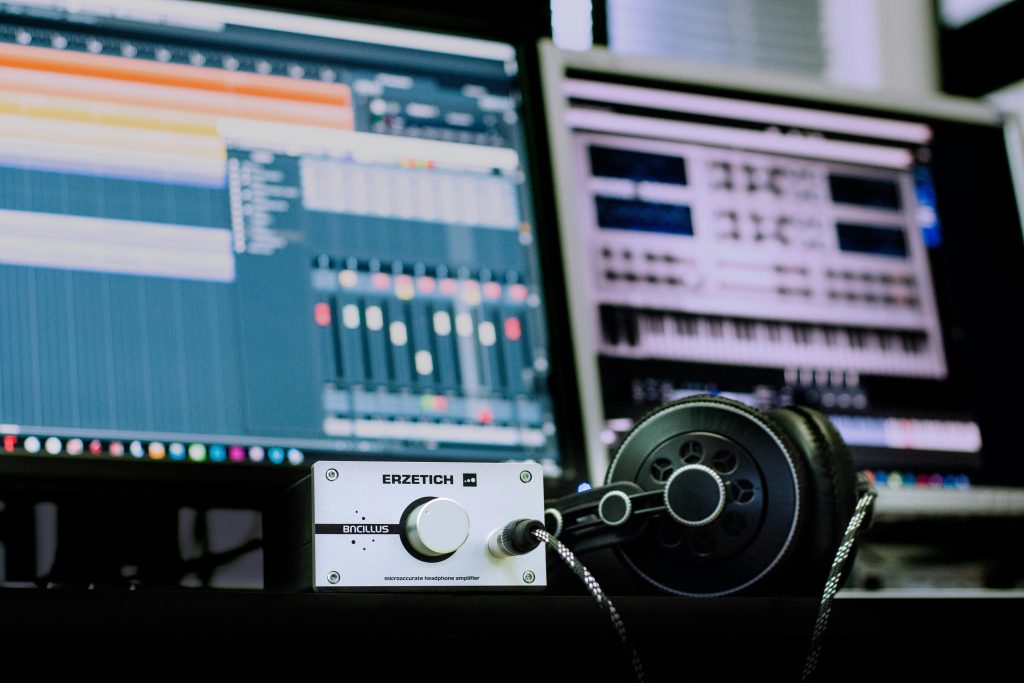21 Clear-Cut Music Pitching Methods That Don’t Waste Time

If you’re an artist, manager, or label trying to get noticed, music pitching is the game you have to master. Whether you’re pitching to playlist curators, blogs, labels, or music supervisors, the quality of your pitch—and your process—can determine whether your track gets heard or ignored. At NotNoise, we cut through the fluff. Here are 21 crystal-clear music pitching methods that actually work and won’t waste your time.
1. Target the Right Platform
Instead of spraying emails everywhere, identify where your music best fits. Whether it’s Spotify playlists, TikTok influencers, or indie blogs, focused music pitching improves your success rate.
2. Personalize Every Pitch
Generic emails are dead. Tailor each music pitching email to the recipient. Mention their previous work, why your song suits them, and what makes your track unique.
3. Get Your Metadata Right
Ensure your file names, tags, and links are clean and professional. A sloppy file can derail your music pitching efforts instantly.
4. Use Professional Tools
Platforms like SubmitHub, Groover, or PlaylistPush streamline music pitching to curators, reviewers, and influencers. Use these tools to widen your reach and track results.
5. Highlight the Hook
In both your email and your track, lead with your strongest point. Great music pitching tells the curator immediately what’s special about the song.
6. Keep It Brief
Respect time. Your music pitching email should be no longer than 150–200 words. Include only what’s essential: who you are, why you’re reaching out, and the track.
7. Include a Private Streaming Link
Always use private SoundCloud, YouTube, or Spotify links—never attachments. Attachments scream unprofessionalism in the music pitching world.
8. Don’t Pitch Until It’s Ready
Never rush. Make sure your song is mixed, mastered, and packaged with visuals and assets before you begin music pitching.
9. Build a Strong EPK
An Electronic Press Kit (EPK) is a central part of professional music pitching. It should include a bio, press photos, links, and past coverage.
10. Tell a Compelling Story
Good music pitching isn’t just about the sound—it’s about the narrative. Why did you make this track? What does it mean? Stories sell.
11. Follow Submission Guidelines
Every outlet has its own rules. For effective music pitching, always check the submission guidelines before you hit send.
12. Use the Right Subject Line
Your subject line is your first impression. Use the song title and a reason to click (e.g., “For Fans of Tame Impala – New Dream-Pop Release”).
13. Time Your Pitch
Don’t pitch on weekends or holidays. For the best music pitching results, send emails Tuesday through Thursday, ideally mid-morning.
14. Leverage Social Proof
If you’ve been featured somewhere before, mention it. Music pitching is more convincing when others have already validated your work.
15. Be Consistent, Not Spammy
Don’t send the same pitch three times a week. Instead, stagger your music pitching and follow up politely after 5–7 days.
16. Know Who You’re Pitching
Research is key. Know the playlist vibe, the blog’s genre, or the sync company’s recent placements. Smart music pitching is always well-informed.
17. Collaborate Strategically
Features with artists in other niches expand your audience and help with music pitching across more genres and communities.
18. Build Relationships, Not Just Contacts
The best music pitching results often come from relationships. Be genuine and supportive, not transactional.
19. Track Your Pitches
Use spreadsheets or CRM tools to track responses. Efficient music pitching requires data—what worked, what didn’t, and who replied.
20. Focus on Long-Term Value
Don’t just chase quick playlist hits. Aim to build sustained connections. Strategic music pitching includes thinking long-term, not just viral.
21. Learn and Adapt
Each pitch teaches something. Take notes on what got open rates or responses. Refine your music pitching process with every attempt.
Conclusion
Mastering music pitching doesn’t require magic—it demands strategy, focus, and consistency. By using these 21 methods, you can save time, avoid common mistakes, and maximize your chances of being heard by the right ears. Whether you’re pitching to a niche playlist or a major label, always remember that effective music pitching comes down to preparation, personalization, and persistence. At NotNoise, we believe that every artist deserves a shot at being heard—and with the right approach to music pitching, that shot gets a whole lot more realistic.




